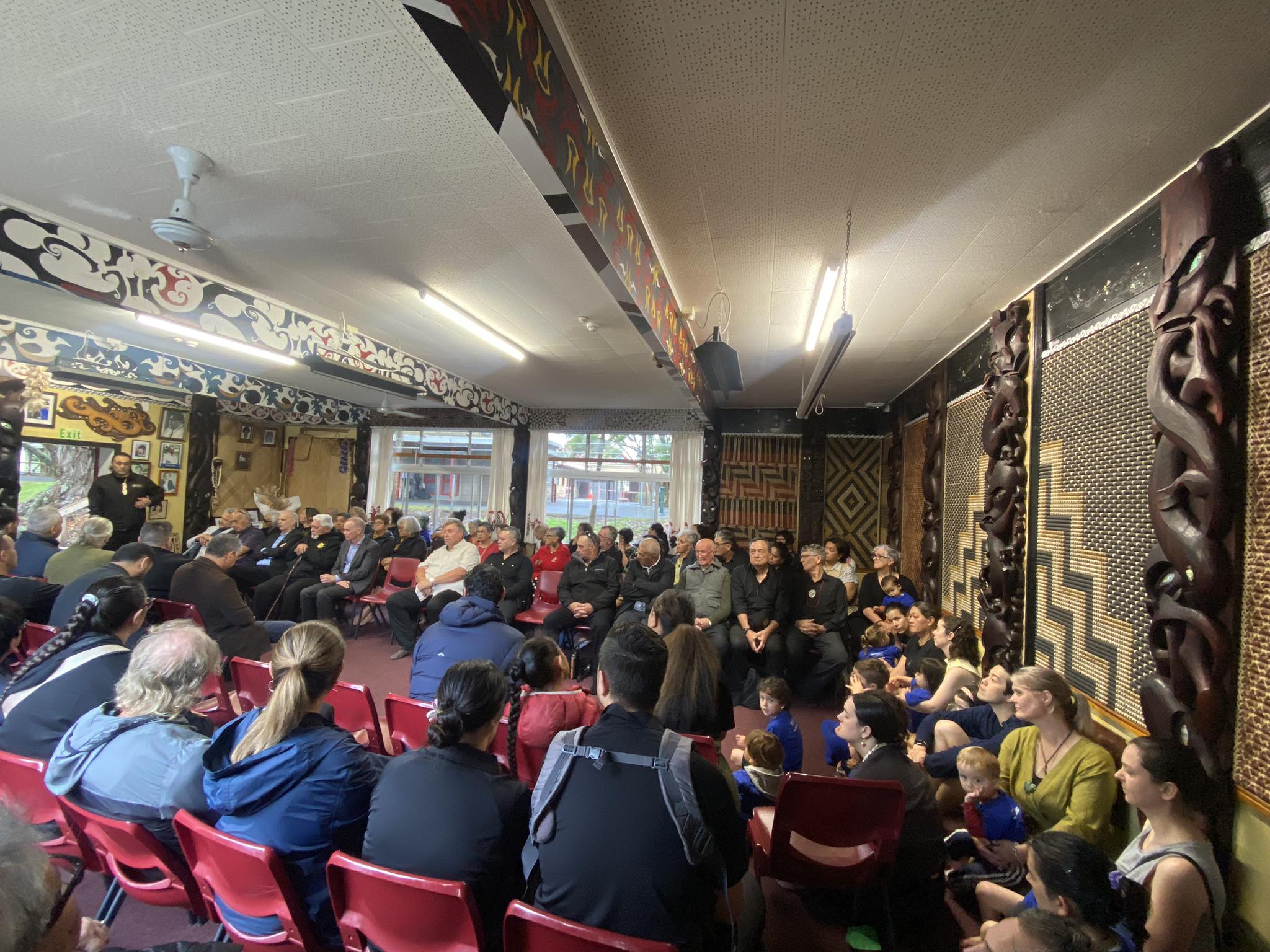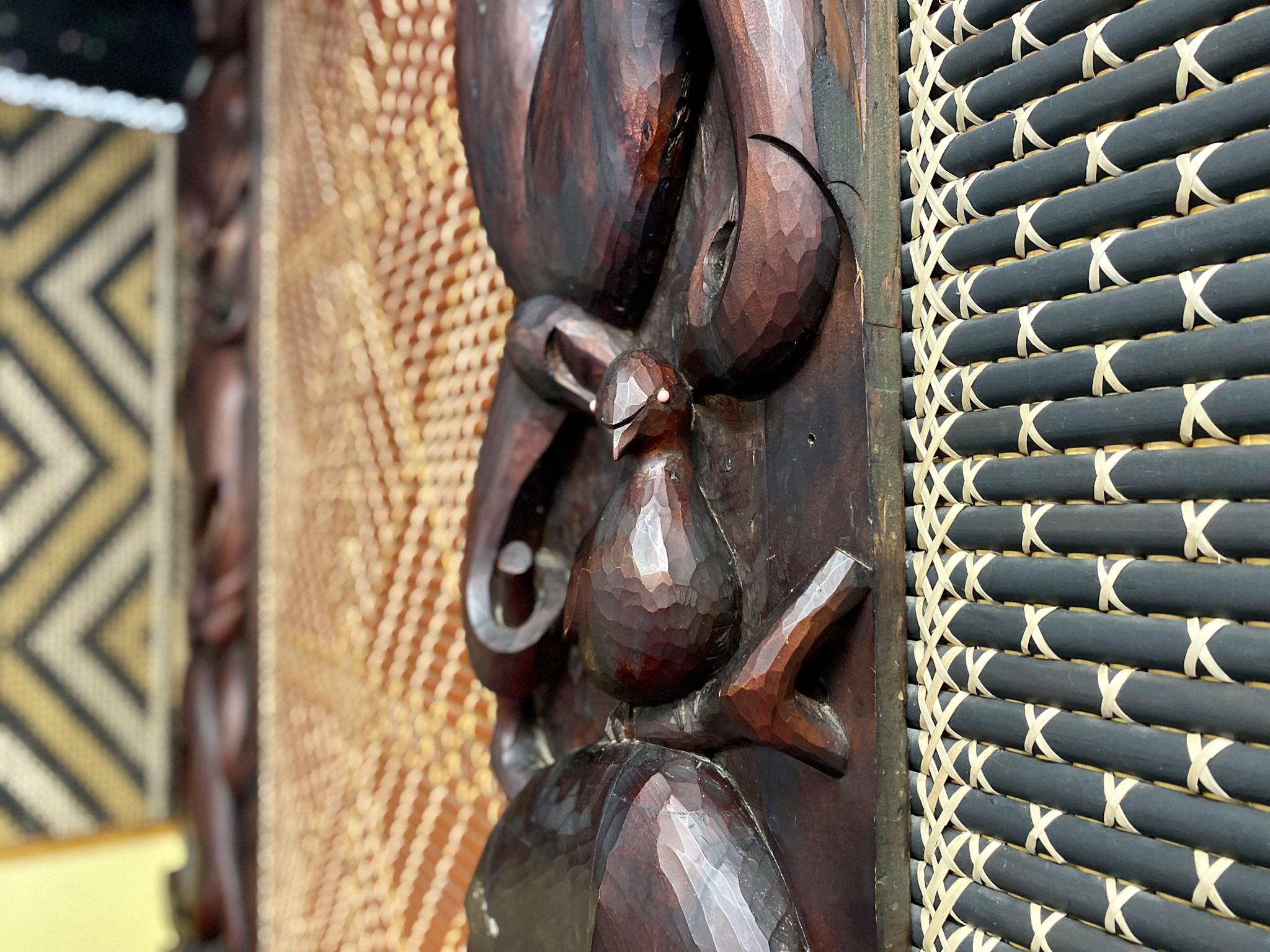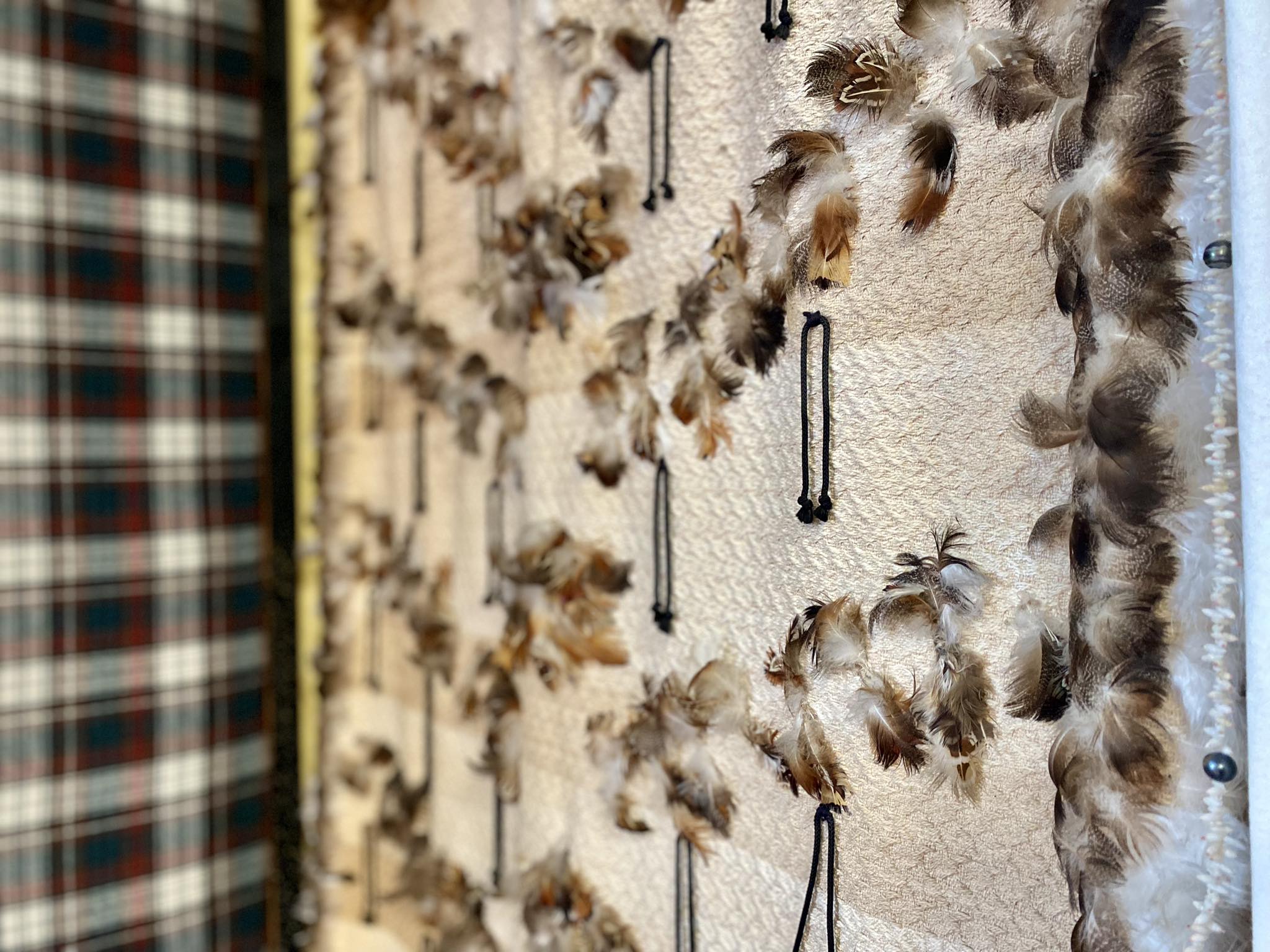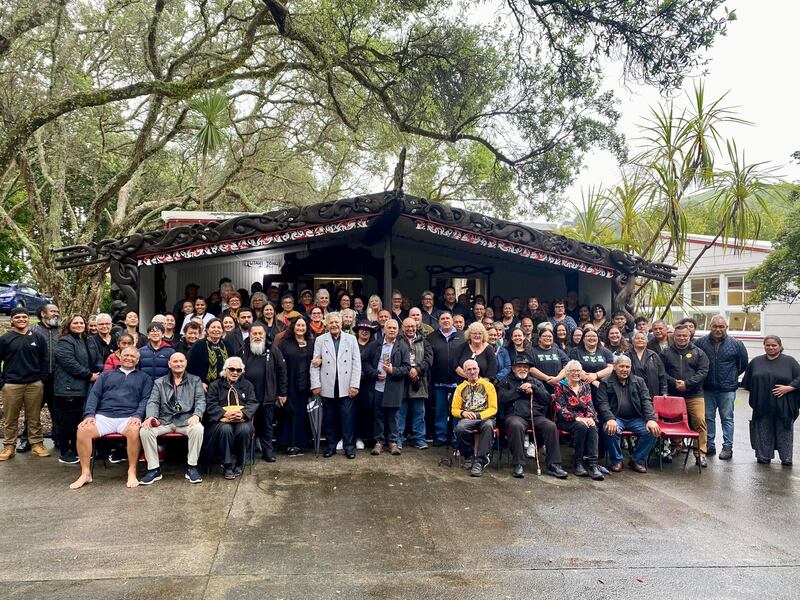Tūtahi Tonu wharenui at the University of Auckland’s Epsom campus entered a whakamoe (deep slumber) over the weekend, to be dismantled and rebuilt at a new space at the city campus next year.
Past and present students and staff attended a celebration to farewell Tūtahi Tonu and celebrate the wharenui’s 40th birthday.
Hēmi Dale was at the opening of Tūtahi Tonu in 1983. He trained at the campus as a teacher and now works as the director of Māori Medium Education.
He says the wharenui is a physical representation of the students’ dreams and aspirations to become speakers of te reo Māori, to know about tikanga Māori and engage in mātauranga Māori.
“Lots of emotions all floating around as well – people who have passed on, people that were mentors for many of who guided us to our journeys – and here we are years later performing a similar role to those who are following,” Dale says.

Tutahi Tonu is a part of Te Aka Matua ki Te Pou Hawaiki, New Zealand’s second tertiary marae. The marae has been the home for student teachers training in Huarahi Māori, Kura Kaupapa Māori and for students from Te Kura Kaupapa Māori o Maungawhau and children at Te Puna Kōhungahunga.
Tutahi Tonu’s carvings were made by Mark Klaricich. Taa moko artist, wood carver and designer, Arekātera Maihi, of Ngāti Whātu Ōrākaei, will assist with the process of assessing the carvings before the move.
“To be the kaitaki is a pretty big job and for me it’s a serious responsibility because before me were other hands who created these things so I feel responsible to those men, to those women those people that are no longer here… to maintain the mana that these carvings and this whare has,” Maihi says.
Sacred land
But the whenua also has its own significance and is regarded as a wāhi tapu. Dale says ancestors brought soil with them from Hawaiki that was buried on top of a hill, which is now a part of Te Kura Akoranga o Tāmaki Makaurau.
“E ai ki ngā korero ko ngā tupuna I tae mai ki Hawaiki i ngā tau nehe noa atu rā ka mauria mai rātou he kapunga oneone. I tāpukengia tērā oneone ki te whenua, whakaturia ai tetahi tūahu.”
“The story is that the ancestors of Hawaiki brought with them some soil, buried that soil, then erected a sacred altar post.”

The land was highly tapu (sacred) especially for the Waiohua people who lived on and around Maungawhau.
“Mehemea ka puta rātou ki te mahi tētahi mahi whai i tētahi kaupapa, ka hui rātou te tuatahi, ka tukua i a rātou karakia ki te pou Hawaiiki nei... Ko te tūmanako kia kore āhuatanga e warewaretia kia whakatūria rānei he tohu kei reira ngā kōrero mō te mōtuhake o tēnei whenua.”
“Whenever they undertook an activity they would meet to plan first. They would then recite the necessary incantations to this altar post in the hope that these practices aren’t forgotten, and that there may be a sign or some sort that represents the significance of this special place.”
The opening of Tūtahi Tonu at the city campus will take place during Matariki next year.


